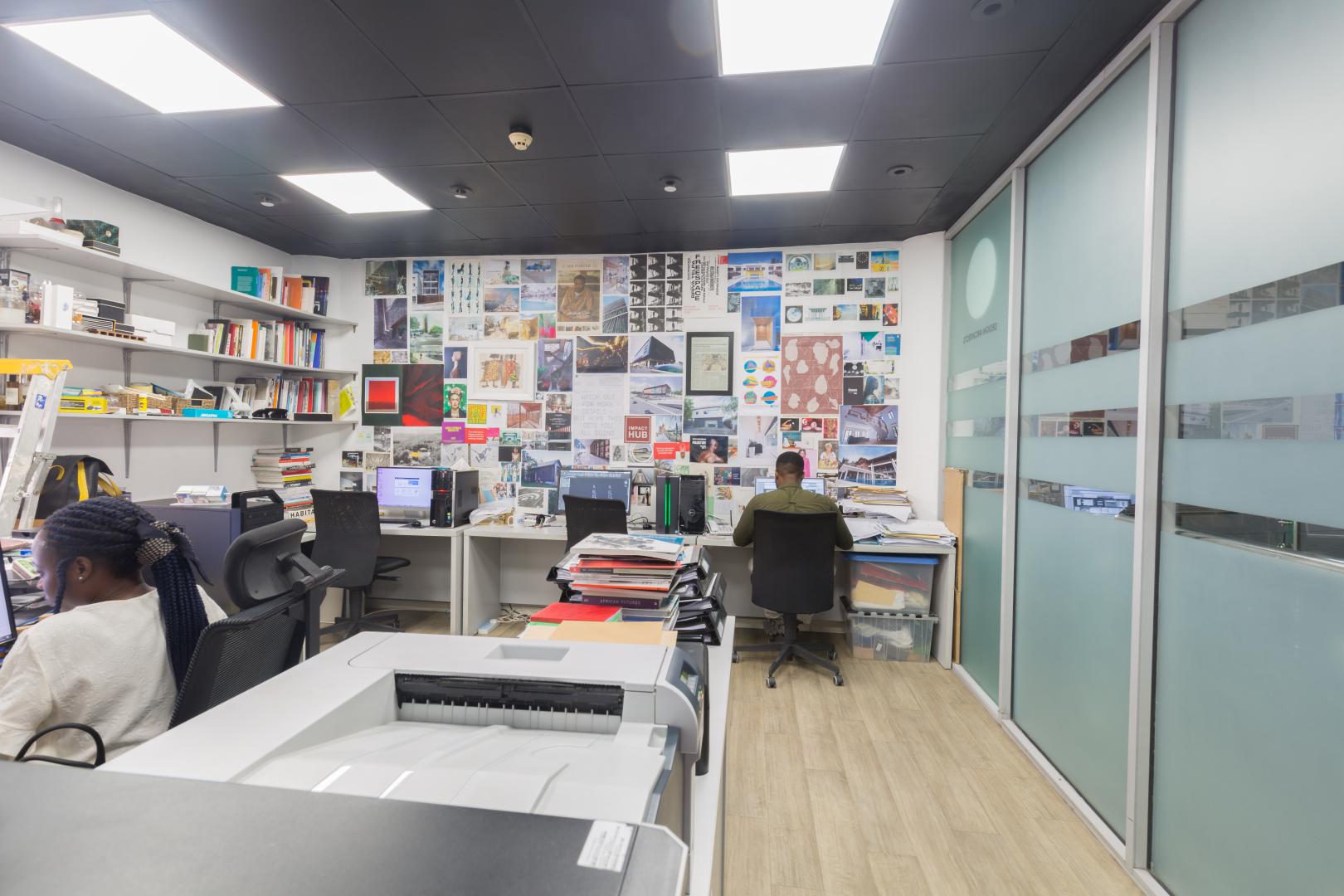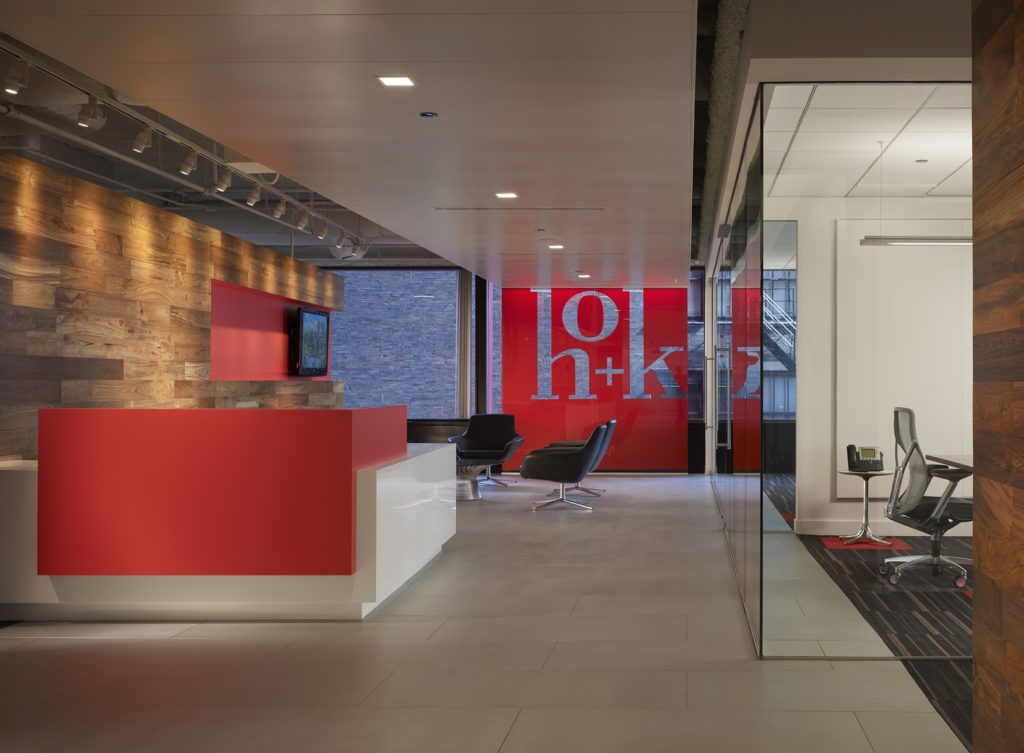In today’s world, architectural practices must be strategically positioned in order to succeed as there is a constant attack on the profession to inhibit it from undertaking its designated responsibilities.
Design professionals are expert at creating well-designed, operative built environments. Unfortunately, many are not as adept at designing and effectively operating their own firms. Running a practice is often regarded as the dark side of the profession and treated with indifference. Yet optimizing a firm’s activities allows it to deal with the “new normal” of increasingly complex built environments, unique project delivery approaches, new sustainability requirements and clients demanding higher value. In short, these days only strong firms will succeed. Differentiating a practice and aligning it with a firm’s operating model are key steps in strengthening any firm. Strategic positioning and daily operations inform the type of practices which evolve in our communities today.
Several challenges are being faced by the global architecture community. The profession is under attack and for the great or smaller architecture firms; it is imperative that a niche’ is established. Persistent effort and corporate culture have allowed some practices remain in the list of the most successful companies in the world. One of the challenges faced in recent times is the determination of the practice typology. Over the years, it has been established that specialists in the profession of architecture tend to be more sought after (Linley, 2017).
In this series, an attempt to identify different types of architectural practices will be made – Highlighting the transformation pertaining to ‘the’ practice and how this has informed the ensuing typology. I also seek to propound some analysis of generic change and the impact on architecture operations and perhaps explore three very influential architectural firms. These practices have contributed immensely to the iconic buildings which beautify our global cities currently.
Architecture entrepreneurship is a guiding light to any practice’s success. It is important to identify the current changes emanating from practice evolution as this will inform the Architects’ role in present day practice.
Practice Evolution
I’ve said it before and I’ll say it again – The only thing constant in life is change, a maxim coined by the great writer Francois de la Rochefoucauld, is timeless in its meaning. And this isn’t uncommon to architectural practices. Strategic and organizational changes take place as a result of certain factors – varying in terms of context; politics, socio-culture, market etc. They are parameters which greatly affect the strategic orientation of a practice, other drivers range from natural (hurricane in New Orleans) and deliberate disasters (Terrorism) to opportunities for mergers and Acquisitions (most common) as with the case of HOK Architects and many other influential practices. For some Architecture theorists, the major objective for evolution within an organization is primarily for Stakeholders to maximize benefits, which can be likened to ‘Strong delivery’ firms. However this is relative. Consequently, change is dependent on the practice and the context.
Architectural practices are open systems that are perpetually evolving, partly in response to their environments, partly because of the ingenuity and imagination of their members. The proper purpose of change must therefore be to enhance the firm’s capacity to learn to respond better to its changing environment and to shape that environment.
Architecture practices vary in their context and purpose, and therefore approaches to change within such environments will certainly differ. Several methodologies are employed in the field of strategic change analysis. However, there is not just one established method of strategically implementing change.
There is an ongoing argument that there still perhaps remains one more approach which is the complexity approach. The “edge of chaos” is a term used to portray an image of a practice which is at the verge falling off as a result of disorder but manages to stay there and yet experiences self-organization methods. At this point, disorder and chaos appear to be major constituents of the company’s status quo. This then gives rise to the concept of continuous transformation which is to ensure that the practice continues to be successful or perhaps improves at undertaking its design operations. It will be quite interesting to have a pragmatic illustration of this with reference to specific architecture practices – This I intend to explore in the rest of this series.
Architecture entrepreneurship is a guiding light to any practice’s success. It is important to identify the current changes emanating from practice evolution as this will inform the Architects’ role in present day practice.













